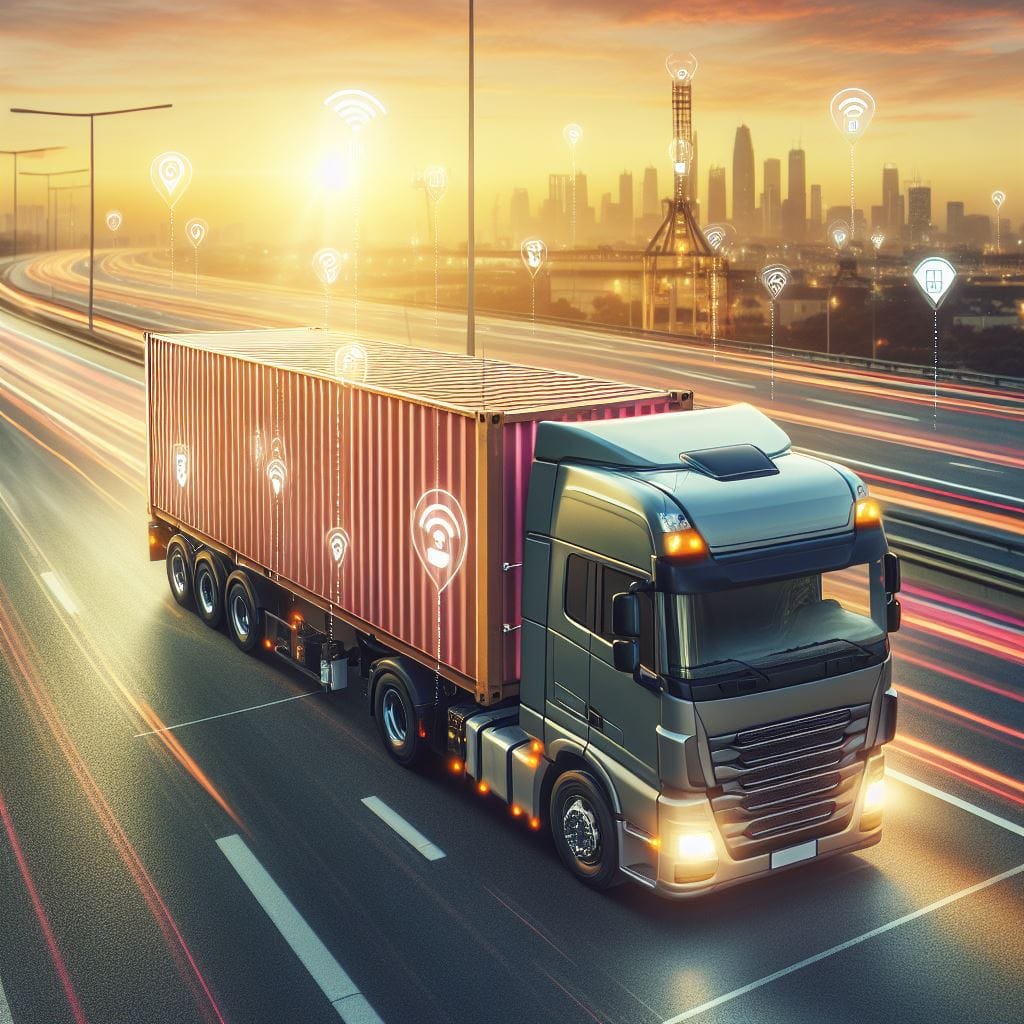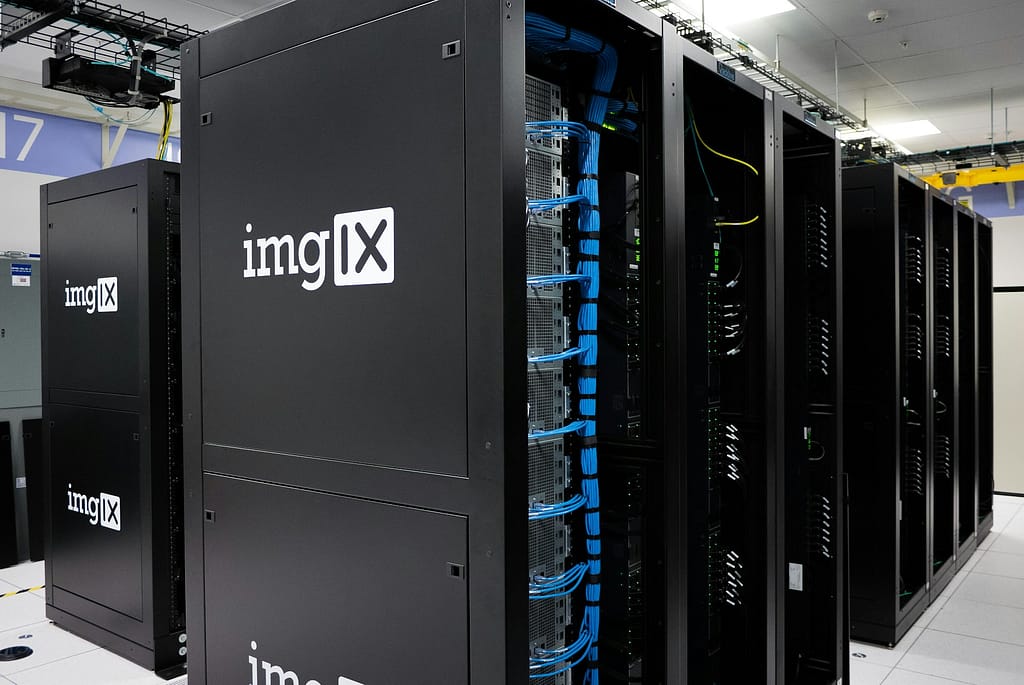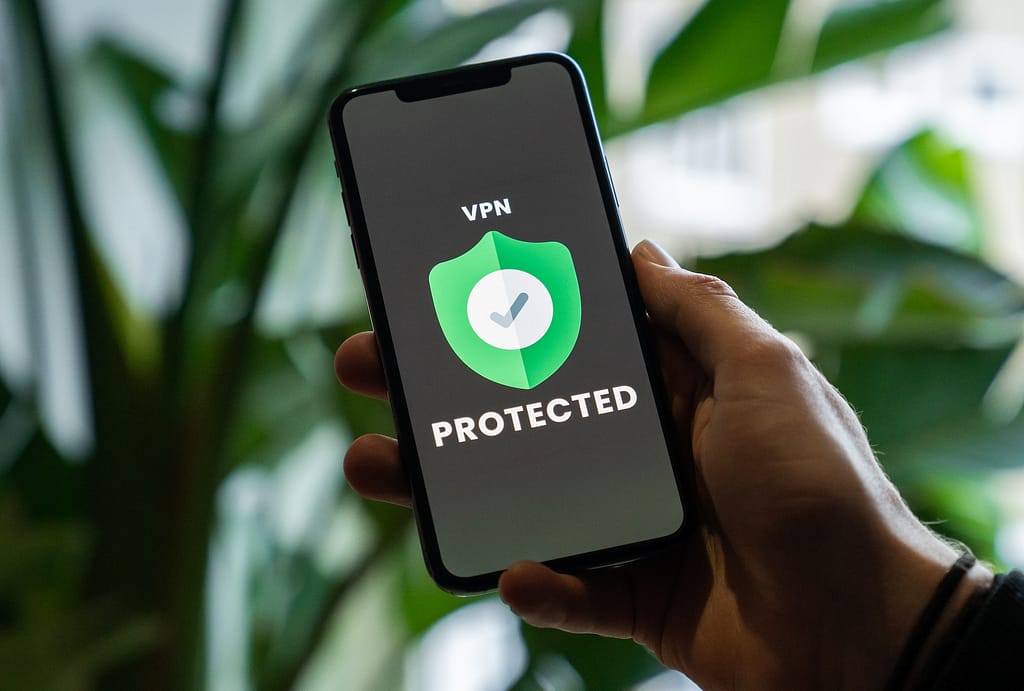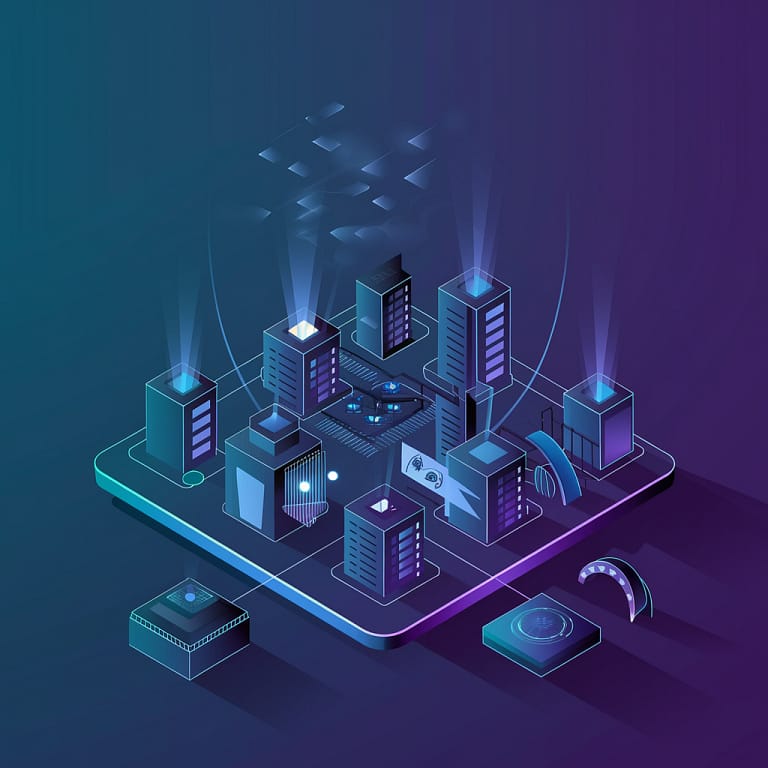You’ve got valuable assets – equipment, vehicles, inventory, even employees. But keeping track of everything in real time is usually a headache.
Imagine finding a critical piece of machinery when needed, only to discover it’s sitting idle in a corner. Or worse, realizing too late that a piece of equipment is about to break down, causing costly downtime.
In these cases, asset monitoring and control would have saved the day!
With state-of-the-art tracking technology, you can get real-time visibility into your assets, track their performance, and make better decisions. The potential benefits are hard to ignore, from minimizing downtime and optimizing efficiency to making your operations more productive and safer.
In this article, we’ll explore how asset monitoring and control solutions work and how they can improve your business!
What is asset monitoring and control?

Asset monitoring and control solutions are designed to provide a clear picture of your valuable assets and their performance.
It’s knowing where something is, and understanding its condition, usage, and potential for future problems. This depth of knowledge allows you to make informed decisions and optimize your operations, ensuring a smoother and more efficient workflow.
With these solutions, you can track your assets’ location, condition, and performance 24/7 with little latency from anywhere. This means gaining previously unavailable insights!
Why is asset monitoring and control beneficial for my company?

First, real-time data on equipment performance lets you identify potential issues early, leading to minimal downtime.
You can proactively schedule maintenance and prevent costly breakdowns, for example. What about being able to pinpoint the exact moment a piece of equipment might start to malfunction, allowing your team to take immediate action before something worse happens?
Knowing where your assets are at all times allows you to deploy them effectively, optimizing your resource utilization. You can track usage patterns and allocate resources based on real-time demand, maximizing productivity. For example, you could ensure your fleet of delivery trucks is always on the most efficient route with these technologies!

Data-driven insides can also help you make informed decisions about your assets. Accurate reports on usage, performance, and potential issues allow for better planning and resource allocation. You could track the inventory levels of your most crucial components and ensure you never run out of whatever you need to keep your operations active.
Then there’s safety. As an indirect effect, asset monitoring solutions can help you create safer working environments. If you always know your equipment’s location and condition, you can identify potential hazards and implement necessary precautions.
As you can see, these solutions enable you to gain unparalleled control over your assets, enhancing your understanding of how they’re used, what condition they’re in, and how they can be used more efficiently. This knowledge is invaluable in today’s business landscape, leading to improved productivity, cost savings, and enhanced safety.
How does asset monitoring and control work?
Asset monitoring and control solutions are powered by a complex yet interconnected network of technologies that work together to provide valuable insights into your assets. Let’s dive into the key components of this system!
Sensors and data collection devices: the network’s eyes and ears

At the core of any asset monitoring and control solution, we have sensors and tiny devices that collect data about your assets. They are the eyes and ears of your system, providing a stream of real-time information on whatever you choose to track.
Here are some common types of sensors used in asset tracking:
- GPS trackers: these devices use satellites to pinpoint the exact location of your assets down to single meters of precision, whether they’re containers, mobile machines, or even individual items critical for your operations. They’re essential for real-time tracking and managing fleet operations;
- Temperature sensors: these sensors track the temperature of your assets, ensuring they’re stored or operated within ideal conditions. They’re especially useful for sensitive items like pharmaceutical and food products;
- Vibration sensors: these devices measure how much machines are vibrating, helping you detect deviations from usual operations linked to wear and tear, misalignment, loose bearings, and so on. Early detection is key as it can prevent catastrophic equipment failure and minimize costly maintenance and downtime;
- Pressure sensors: vital for ensuring safe and efficient operations in industrial settings, these sensors monitor the pressure of liquids and gases within equipment and systems;
- Emissions trackers: these devices are responsible for monitoring how much emissions your assets spew into the environment, helping your company comply with environmental regulations and minimize your carbon footprint. They’ve become even more important with the CSRD;
- Radiofrequency identification (RFID) tags: tiny, passive devices that can be attached to assets for identification purposes. Companies often use these tags to track inventory and manage materials throughout a supply chain.
How do these devices transmit information to the world?
These sensors are equipped with various technologies to transmit the collected data to a central system. Common communication methods include:
- Cellular networks: devices connect to cellular networks for wide-area coverage and reliable communication;
- Bluetooth and Wi-Fi: devices can connect to existing Bluetooth connections or Wi-Fi networks for localized data transmission;
- Satellite communication: for assets operating in remote areas, satellite communication provides connectivity where other networks are unavailable.
And what happens to said information?

Every once in a while, your sensors will transmit their collected data to a central hub, in which it will be stored, processed, and analyzed for relevant information. This is where the real magic happens:
- Data storage and processing: the data is typically stored on a secure server or cloud platform, making it easily accessible for analysis. Sophisticated algorithms and software tools process the data, extracting meaningful insights from what looks like a jumbled mess;
- Analytics and reporting: the collected data is analyzed to identify trends, detect anomalies, and generate reports. They may provide actionable insights into asset performance, usage patterns, and potential issues;
- User interface: asset monitoring and control systems often feature a user-friendly interface that provides real-time visibility into asset data. Authorized users can easily access reports, track asset locations, and monitor key performance indicators;
- Alerts and notifications: the system can trigger alerts and notifications when pre-defined conditions are met. For example, if a temperature sensor detects an unusual temperature reading or a GPS tracker identifies an asset deviating from its expected route, designated personnel will receive an alert.
Conclusion
Asset monitoring and control solutions are powerful tools for optimizing your operations, improving efficiency, and gaining a deeper understanding of your valuable assets. With high-quality real-time data, you can make better decisions, anticipate problems, and streamline your processes.
Keep in mind these technologies are a treasure trove of data, so it’s critical to keep your systems safe from hackers and unauthorized access. We have an article on securing IoT solutions, so make sure to read it for valuable tips and best practices to safeguard your company’s data and operations!

Are you ready to harness the power of asset monitoring and control?
Looking for a reliable and innovative partner for your asset and environmental monitoring needs? We at Datanet IoT are here to help you wield the power of the Internet of Things (IoT) and tracking technology to gain valuable insights, optimize your operations, and build a more sustainable future.
We’re ready to provide the perfect solutions for your unique requirements, offering the most advanced tracking technologies and unwavering commitment to helping you achieve your goals!





